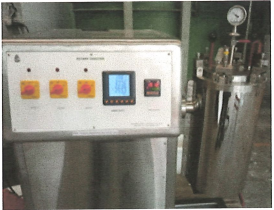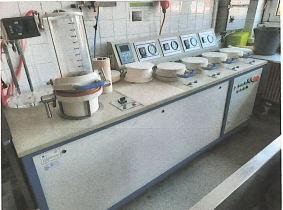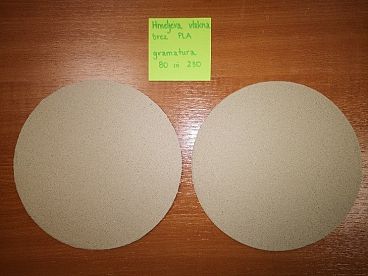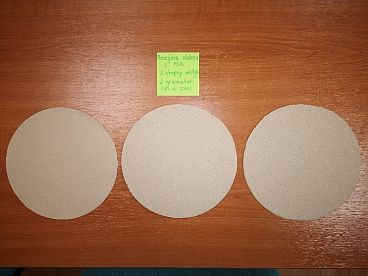SI V okviru projekta BioTHOP si prizadevamo poiskati čim več različnih poti za hmeljevino – biomaso, ki ostane po obiranju hmelja. Inštitut za celulozo in papir iz Ljubljane je izvedel raziskavo in izdelal ekpertizo, ali je možno vlakna iz hmeljevine (ostanek biomase po obiranju hmelja), ki jih je ekstrahiral Zelfo Technology iz Nemčije, uporabiti za izdelavo papirja. Po tehnološki obdelavi vlaken (delignifikacija – kuhanje (fotografija 1), mletje) so na izdelovalniku listov (fotografija 2) izdelali liste v gramaturi 80 g/m2 in 230 g/m2. Odlični rezultati so že v izgledu samega papirja, saj se le ta na videz ni dosti razlikoval od običajnega. Na pilotno – industrijskem nivoju so ugotovili, da prisotnost PLA vlaken (zaradi uporabe BioTHOP vrvice pri pridelavi hmelja) nima negativnega vpliva na mehanske lastnosti papirja.
EN Within the BioTHOP project, we strive to find as many different paths as possible for hop waste- biomass after harvesting. Pulp and Paper Institute Ljubljana carried out research and expertise on whether hop fibers (biomass residue after hop harvesting) extracted by Zelfo Technology from Germany can be used to make paper. After technological processing of fibers (delignification – cooking (photo 1), grinding), sheets with a weight of 80 g/m2 and 230 g/m2 were produced at the paper sheeter (photo 2). The results are already excellent in the appearance of the paper itself, as it did not look much different from the usual. At the pilot – industrial level, it was found that the presence of PLA fibers (due to the use of BioTHOP twine in hop production) does not have a negative impact on the mechanical properties of paper.




